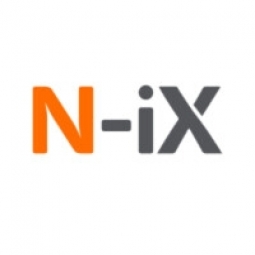Performance Enhancement of a Global Audio Streaming Platform
- Platform as a Service (PaaS) - Application Development Platforms
- Sensors - Acoustic Sensors
- Cement
- Equipment & Machinery
- Logistics & Transportation
- Construction Management
- Infrastructure Inspection
- Cloud Planning, Design & Implementation Services
- Training
The client, a leading global audio streaming platform with millions of active users, was facing challenges in improving the service quality of their platform. The platform, which provides a wide range of services including live radio stations, music streaming, podcasts, news coverage, and sports games broadcasting, needed to be more user-friendly across all supported connected devices such as Amazon Alexa, Google Assistant, etc. The client also wanted the platform to handle high volumes of requests simultaneously, especially during peak times. The platform was available across 200 connected devices, including web, mobile, voice assistants, home sound systems, smart TV, gaming consoles, and smartwatches. The growing customer base necessitated an improvement in platform usability and efficiency in handling high amounts of requests.
The customer is a leading global audio streaming platform with millions of active users. The platform provides a wide range of services, from live radio stations and music streaming to podcasts, news coverage, and sports games broadcasting. The platform is available across 200 connected devices, including web, mobile, voice assistants (Amazon Alexa, Google Assistant, and Microsoft Cortana), home sound systems (Bose and Sonos), smart TV, gaming consoles, and smartwatches. The client was looking to improve the service quality of their platform, make it more user-friendly on all supported devices, and enable it to handle high volumes of requests simultaneously.
The solution involved migrating the on-premise data center to the cloud and refactoring the infrastructure code. The client's platform code was refactored from .NET Framework to .NET Core. The on-premise data center was migrated to AWS by moving all workloads to Kubernetes while maintaining several EKS clusters and supporting ECS clusters. Backup solutions were developed using Amazon S3 in the multi-account environment. The infrastructure that had been written for Windows was migrated to Linux to reduce licensing costs. A multi-level cache was utilized to allow the platform to process up to 20,000 requests per second. Scaling up during peak hours was achieved with the use of HPA and different scaling types. Amazon CloudFront was used to cache the content in edge locations to ensure no delay in content delivery. Alexa Skill Lambda was re-implemented with new dialogs and action choices and Amazon Alexa Skill Account Linking was performed to unify the subscription approach.
Related Case Studies.











